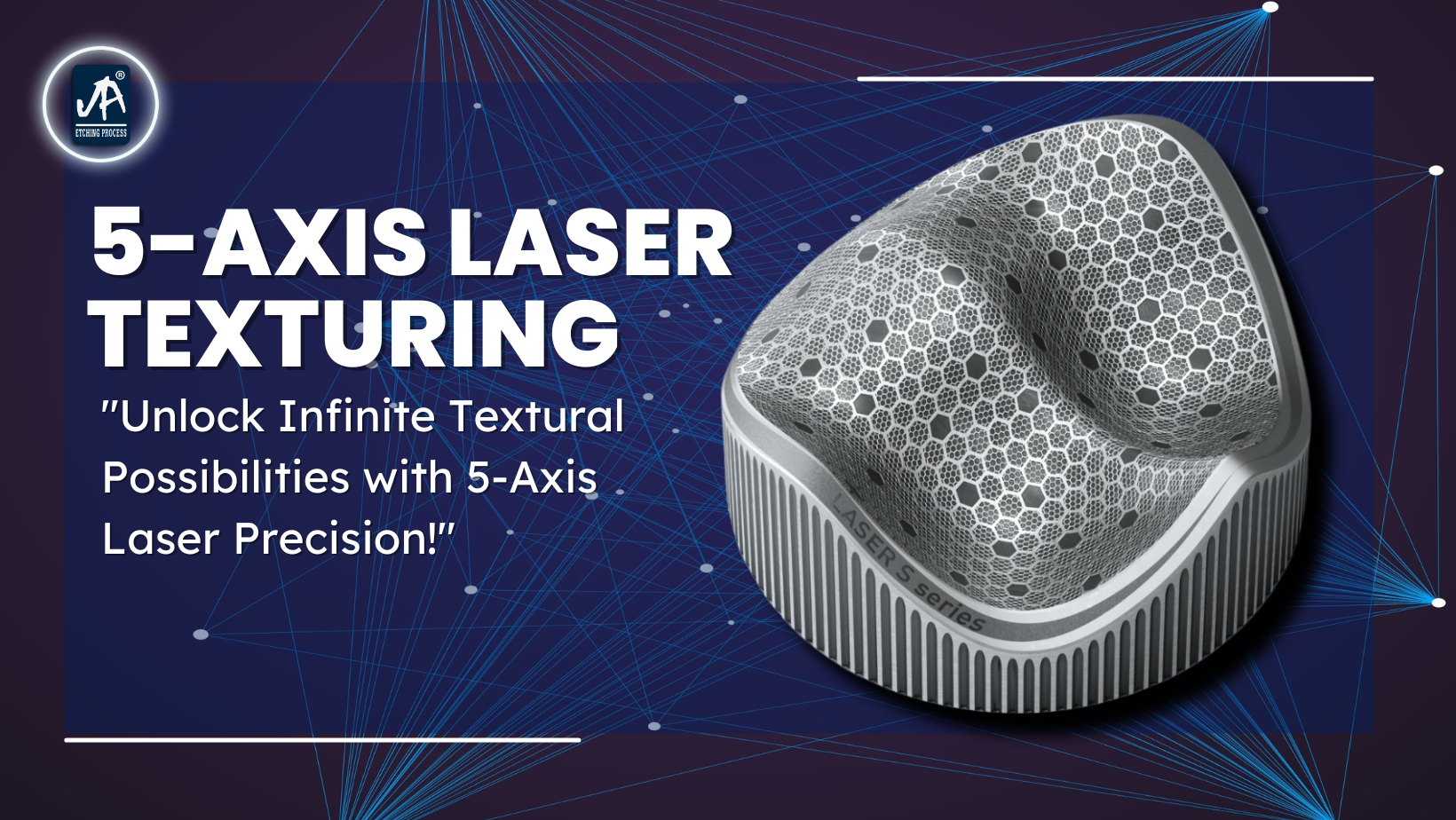Depth and Detail in 5-Axis Laser Texturing: Transforming Mould Manufacturing
In the ever-evolving landscape of manufacturing, precision and artistry have become the driving forces of innovation. Mold manufacturing, the cornerstone of various industries, is no exception. The introduction of 5-axis laser texturing has showed in a new era where depth and detail are not just possibilities but the standard. In this blog, we will explore the remarkable world of 5-axis laser texturing, its relationship to 3D laser engraving, and the key differences that separate them in mould manufacturing.
The Role of Moulds in Manufacturing
Molds, those simple components that shape everything from complex mechanical parts to delicious desserts, are the backbone of manufacturing. Molds, traditionally seen as functional tools, are undergoing a transformation. Modern manufacturing demands not only functionality but also artistry and precision.
The Precision of 5-Axis Laser Texturing
At the heart of this transformation is the precision of 5-axis laser texturing. This cutting-edge technology uses laser beams controlled by sophisticated software to etch intricate patterns, designs or textures on various surfaces. The main difference in 5-axis texturing services is its ability to work on five axes, which enables the creation of complex, multidimensional textures.
3D Laser Engraving: The Artistic Connection
While 5-axis laser texturing provides precision, 3D laser engraving brings out the artistic aspect. This process involves creating depth and texture on flat surfaces, adding an extra dimension to the visual appeal. The combination of 5-axis texturing and 3D laser engraving creates moulds that not only function seamlessly but are also stunning to look at.
Differences Between 3D Laser Engraving and 5-Axis Laser Texturing
Number of Axes: The most significant difference is the number of axes involved. 3D laser engraving typically works on three axes, allowing depth and texture on flat surfaces, while 5-axis laser texturing can work on five axes, creating multidimensional textures.
Complexity: 5-axis laser texturing is more versatile at creating complex, intricate patterns, while 3D laser engraving is excellent at adding depth and detail to existing designs.
Applications: 3D laser engraving is typically used for artistic or decorative purposes, while 5-axis laser texturing is preferred when accuracy and depth of texture are paramount.
Benefits of 5-Axis Laser Texturing in Mould Manufacturing:
Enhanced Efficiency: 5-axis streamlines the manufacturing process by eliminating the need for secondary operations, reducing production time and costs.
Quality Assurance: Detailed texturing ensures that each moulded product is uniform and of the highest quality, free from imperfections.
Customization: The versatility of 5-axis texturing allows manufacturers to create unique textures and patterns, enhancing product distinctiveness.
Branding: Custom textures and branding elements can be seamlessly incorporated into moulds, strengthening brand identity throughout the manufacturing process.
The Future of Mould Manufacturing
As technology advances, so does the potential for 5-axis laser texturing in mold manufacturing. Researchers and engineers are constantly exploring ways to increase the depth and complexity of textures, creating more captivating designs and patterns. With Jai Ambay Etching Process you can look forward to a future where molds will become even more versatile, incorporating designs and textures that were once unimaginable.
Conclusion: Redefining Precision and Artistry in Mould Manufacturing
Finally, 5-axis laser texturing is revolutionizing mold manufacturing by bringing precision and artistry to the forefront. The combination of 5-axis texturing and 3D laser engraving ensures that the moulds are not only functional components but also visual and tactile wonders. Each mold becomes a masterpiece, a fusion of human ingenuity and the precision of technology. As technology continues to advance, new molds will continue to redefine the possibilities of product aesthetics, celebrating the artistry that lies at the heart of engineering.
…

